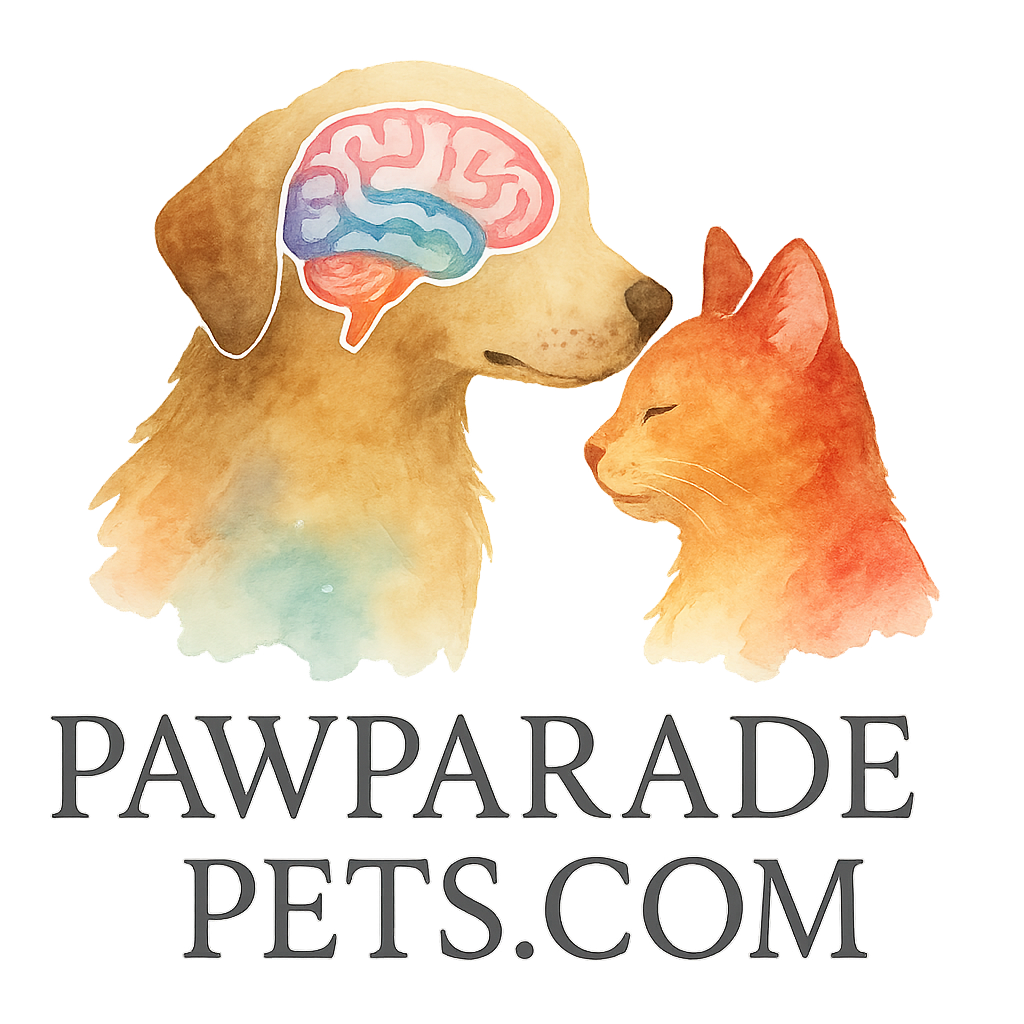Introduction
Ever noticed how your pet seems to get bored, even after a long walk or play session? That’s because physical exercise alone isn’t always enough. Just like us, pets need mental workouts too. That’s where brain training for pets comes in. It’s not just about teaching tricks—it’s about stimulating their minds, preventing destructive behavior, and even boosting their overall health.
In this guide, we’ll walk you through five essential supplies for brain training for pets that every pet parent should have. These aren’t gimmicks—they’re proven tools to challenge your furry friend, keep them engaged, and strengthen your bond.
Why Brain Training for Pets Matters
The Importance of Mental Stimulation
Imagine being stuck in a room with nothing to do. That’s how pets feel without mental challenges. Brain training keeps them sharp, reduces stress, and channels their energy into something positive.
The Link Between Brain Training and Behavior
A mentally stimulated pet is less likely to chew your shoes or bark excessively. Training games tap into their instincts—like problem-solving, hunting, and scent tracking—leading to better obedience and behavior. (See more insights on behavior and obedience).
Benefits for Health and Longevity
Studies show mental exercise can even help delay cognitive decline in older pets. Think of it as crossword puzzles or Sudoku for your furry friend—it keeps their brain active and healthy.
Supply #1: Interactive Puzzle Toys
Types of Puzzle Toys
Puzzle toys come in all shapes and sizes—from treat-dispensing balls to sliding boards with hidden compartments. They force pets to think and work for their rewards.
How Puzzle Toys Improve Problem-Solving
These toys mimic challenges animals would face in the wild, like searching for food. The problem-solving aspect keeps pets entertained and engaged for longer periods. Check out games and activities for more ideas.
Choosing the Right Difficulty Level
Start simple. If the puzzle is too hard, pets may get frustrated. Look for adjustable toys that grow with your pet’s intelligence.
Supply #2: Training Tools and Clickers
Why Clicker Training Works
Clickers use positive reinforcement to reinforce good behavior. The “click” becomes a signal that a reward is coming, making training faster and clearer.
Best Training Tools for Obedience and Engagement
From target sticks to whistles, training tools keep sessions structured and fun. You can explore more on training essentials.
Pairing Tools with Positive Reinforcement
Always combine tools with praise or treats. The goal is to make learning enjoyable—not stressful.
Supply #3: Smart Feeding Devices
Slow Feeders and Food Puzzles
Instead of a boring bowl, use slow feeders or food puzzles. They stretch mealtime into a fun brain game, preventing overeating and boredom.
Tech-Driven Pet Feeders
Automatic feeders now come with smart features—timers, portion controls, even interactive challenges. These are perfect for busy pet parents. (Explore tech gadgets for pets).
Balancing Nutrition with Mental Stimulation
Brain training shouldn’t replace proper feeding habits. Make sure the reward-based feeding aligns with your pet’s diet.

Supply #4: Cognitive Games and Activity Kits
DIY Brain Games vs. Ready-Made Kits
Homemade activities—like hiding treats under cups—are great. But ready-made kits offer structured challenges designed for different intelligence levels.
Group Play vs. Solo Play
Some pets thrive on independent challenges, while others enjoy group-based activities. Choose based on your pet’s personality. (Check interactive games for ideas).
Activities for Different Age Groups
Puppies need simple games to build curiosity. Seniors benefit from gentler activities that still keep their minds sharp.
Supply #5: Brain Training Apps and Gadgets
How Technology is Shaping Pet Training
Pet training is going digital! Apps and smart gadgets now allow remote play, voice interaction, and even virtual training sessions.
Top Apps and Gadgets for Smart Pets
From laser toys to tablet-based games for cats, the options are endless. See tools and toys for brain training.
Tips for Safe and Effective Use
Limit screen time (yes, even for pets!) and supervise tech-based games to ensure they’re safe and beneficial.
Additional Tips for Successful Brain Training
Creating a Training Schedule
Consistency is key. Short daily sessions are more effective than long, infrequent ones.
Mixing Fun with Discipline
Balance fun activities with obedience training. Both are essential for a well-rounded, happy pet.
Avoiding Common Mistakes
Don’t overwhelm your pet with too many new tools at once. Progress gradually to avoid stress.
Where to Find the Best Supplies
Online Stores and Specialty Shops
Major pet retailers and online stores stock a variety of brain training supplies. But make sure you’re buying quality.
Trusted Resources for Brain Training
For detailed guides, activities, and product recommendations, visit Paw Parade Pets—a one-stop hub for everything brain training, from brain training basics to advanced cognitive challenges.
Conclusion
Brain training isn’t a luxury—it’s a necessity. With the right supplies, you can keep your pet mentally sharp, reduce behavioral problems, and strengthen your bond. From puzzle toys to apps and gadgets, these five essentials give your furry friend the mental workout they deserve.
If you’re serious about raising a happier, healthier, and smarter pet, start introducing these tools today. Your pet’s brain—and your furniture—will thank you!
FAQs
Q1: What is the best age to start brain training for pets?
You can start as early as puppyhood or kittenhood, but brain training benefits pets of all ages.
Q2: How long should a brain training session last?
Around 10–15 minutes per session is ideal. Consistency matters more than duration.
Q3: Can brain training replace physical exercise?
No, it complements it. Pets need both physical and mental workouts.
Q4: What if my pet gets frustrated with puzzle toys?
Start with easy ones, and gradually increase difficulty. Always encourage them.
Q5: Are tech gadgets safe for pets?
Yes, as long as they are pet-specific and supervised. Avoid screens without monitoring.
Q6: How often should I rotate training supplies?
Switch them every 1–2 weeks to keep things fresh and exciting.
Q7: Where can I find reliable pet brain training ideas?
Visit Paw Parade Pets for expert advice, tools, and activities tailored for pets.


